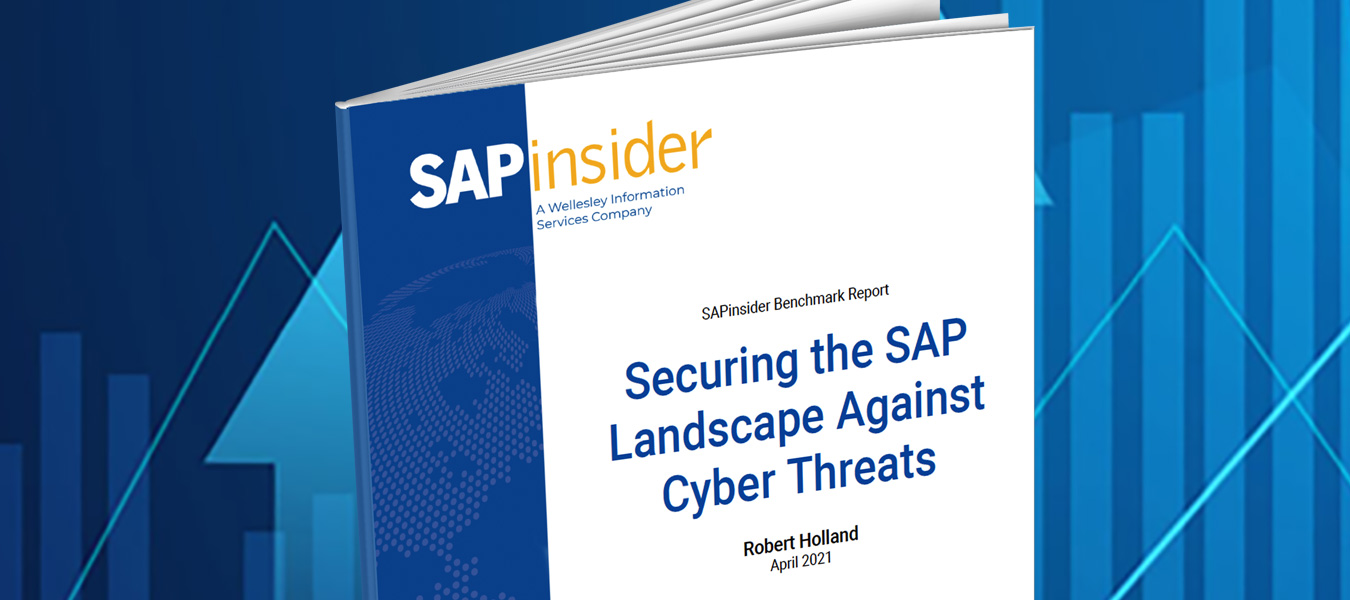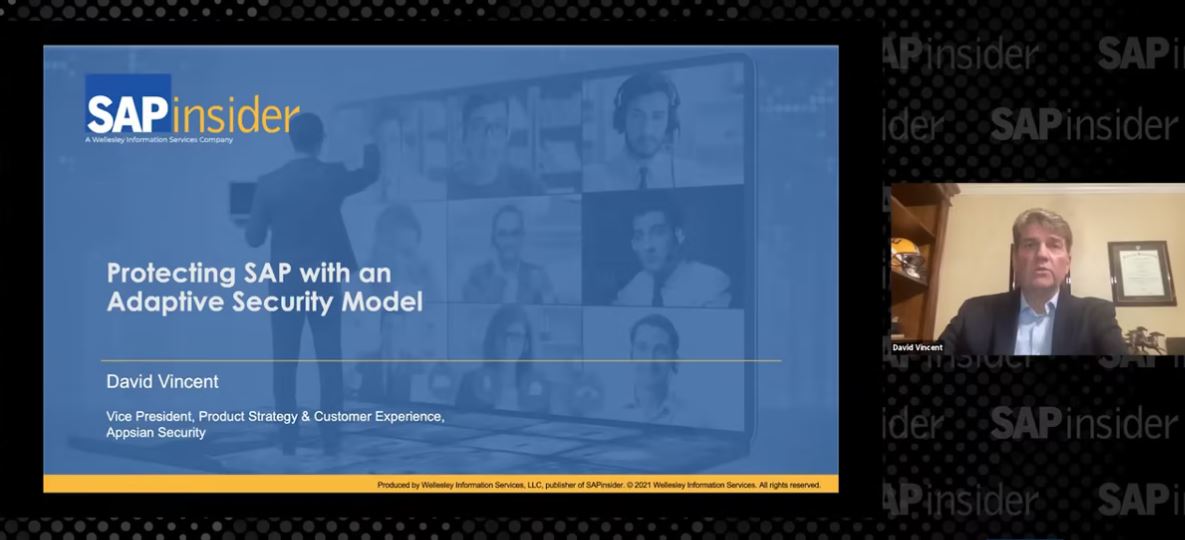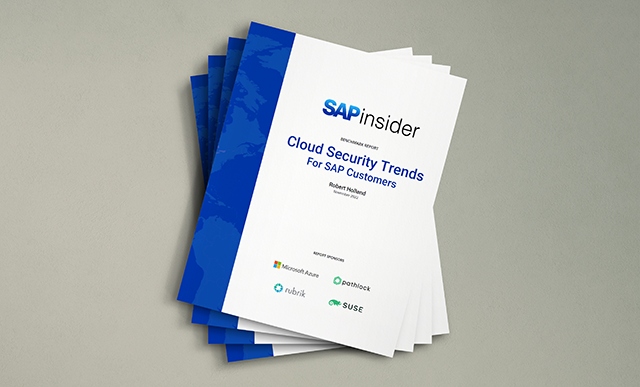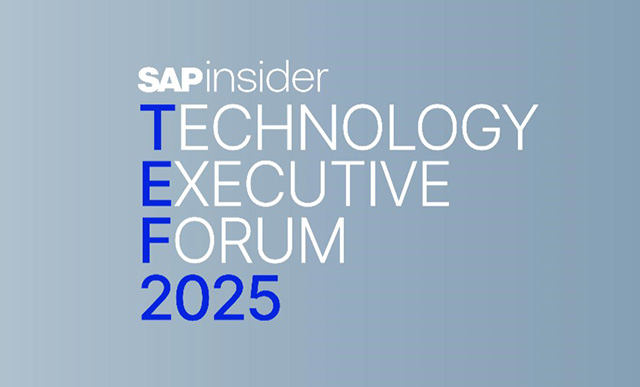Centralized User Authentication and Provisioning for SAP Landscapes
Meet the Authors
Key Takeaways
Transitioning to cloud-based identity management enhances scalability and automates access control, addressing the impracticalities and security risks of traditional IAM solutions.
SAP Cloud Identity Services provides a comprehensive solution for managing authentication, single sign-on, and user identity lifecycles, improving user experience and ensuring compliance in hybrid environments.
Organizations must adopt centralized systems for managing user identities and permissions as they integrate more SAP SaaS applications, which can complicate manual account management.
With an increasing number of organizations transitioning their workloads to the cloud to streamline their business processes and collaborate around the globe, the number of users accessing cloud-based assets increases. However, as these numbers increase, manually managing user permissions through a traditional Identity Access Management (IAM) solution not only becomes impractical, but it also results in delays and introduce security risks as the time required for through checks is limited.
Cloud-based identity management addresses these challenges by offering scalable, centralized tools that automate access control. It empowers organizations with comprehensive identity management solutions, helping them tap into the productivity and scalability advantages of cloud technology.
SAP offers SAP Cloud Identity Services that serve as the core solution for managing authentication, single sign-on, and the identity lifecycle. This solution streamline system integration, enhance user experience, and strengthen security and compliance. SAP Cloud Identity Services is part of the SAP Business Technology Platform (SAP BTP) designed to simplify identity and access management (IAM) across different systems. Its primary goal is to offer secure single sign-on (SSO) for a seamless user experience. In hybrid SAP environments, managing identities centrally becomes essential. These services include two main components: Identity Authentication (IAS) and Identity Provisioning (IPS). IAS handles secure authentication, including SSO and multi-factor authentication, while IPS manages the provisioning of user identities across SAP applications. Together, they streamline IAM processes, improve user experiences, and support data security. Their flexibility to integrate with existing IAM systems makes them a valuable asset for any SAP-focused organization.
Explore related questions
Yet, as SAP customers move their identity and access management to the cloud, they face new challenges. They need a solution that manages onboarding to offboarding user identities and streamline the process through a central system that manages users request authentication or access permission. However, as more SAP SaaS applications and SAP Business Technology Platform (BTP) services are integrated, manually managing user accounts and passwords is becoming more challenging.
Xiting IAM focuses on identity and access management for hybrid SAP environments. Xiting works on streamlining identity processes, from onboarding to offboarding, while enhancing authentication and access controls. Their consulting approach helps automate identity lifecycle management, supports single sign-on convenience, and ensures compliance with access policies.






